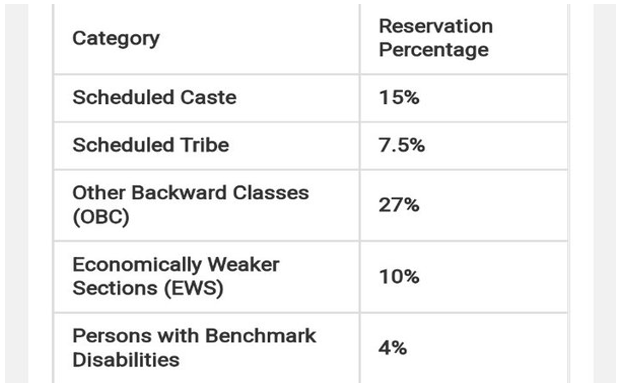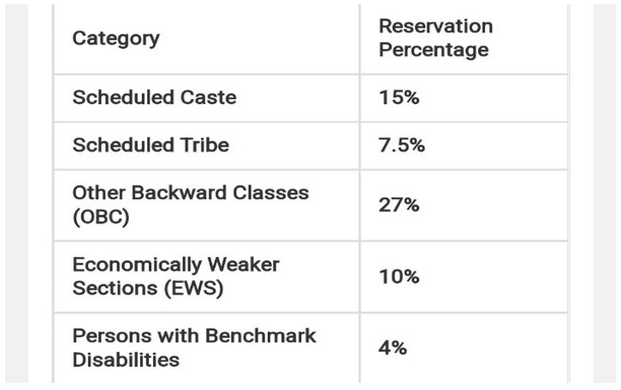- Courses
- GS Full Course 1 Year
- GS Full Course 2 Year
- GS Full Course 3 Year
- GS Full Course Till Selection
- Answer Alpha: Mains 2025 Mentorship
- MEP (Mains Enrichment Programme) Data, Facts
- Essay Target – 150+ Marks
- Online Program
- GS Recorded Course
- Polity
- Geography
- Economy
- Ancient, Medieval and Art & Culture AMAC
- Modern India, Post Independence & World History
- Environment
- Governance
- Science & Technology
- International Relations and Internal Security
- Disaster Management
- Ethics
- NCERT Current Affairs
- Indian Society and Social Issue
- NCERT- Science and Technology
- NCERT - Geography
- NCERT - Ancient History
- NCERT- World History
- NCERT Modern History
- CSAT
- 5 LAYERED ARJUNA Mentorship
- Public Administration Optional
- ABOUT US
- OUR TOPPERS
- TEST SERIES
- FREE STUDY MATERIAL
- VIDEOS
- CONTACT US
Issue of Sub-Categorisation of OBCs
Issue of Sub-Categorisation of OBCs

Latest Context:
After almost 6 years of work, the Justice G. Rohini Commission submitted its report to the government. The details of the recommendations made by the commission have not been made public.
About Rohini Commission
- Basically, the commission was set up on 2nd October, 2017 under Article 340 of the Constitution (President’s power to appoint a Commission to investigate the conditions of the backward classes).
- Terms of Reference of the Commission were:
a) To study the extent of inequitable distribution of reservation benefits among the different castes or communities within the OBC group.
b) To identify the castes or communities in the OBC list, which have not received adequate benefits of reservation.
c) To suggest appropriate measures for the sub-categorization to ensure that the more backward among the OBC communities can also access the benefits of reservation.
d) To consider the various representations received from the states and union territories on the issue of sub-categorization of OBCs.
e) To examine the existing reservation policies for OBCs in various states and union territories and suggest necessary changes, if required.

Historical Background of OBC reservation in India
- Kalelkar Commission (1953): The story began with the appointment of the Kalelkar Commission in 1953, which marked the first instance of recognizing backward classes beyond the Scheduled Castes (SCs) and Scheduled Tribes (STs) on a national level.
- Mandal Commission (1979): The Mandal Commission was constituted in 1979 by the Indian government. The commission was headed by B.P. Mandal, a former Chief Minister of Bihar. Its primary objective was to identify the socially and educationally backward classes in India and recommend measures for their upliftment.
- Mandal Commission Report (1980): The Mandal Commission submitted its report in 1980 and it recommended that atleast 27% of all seats in government jobs and higher educational institutions should be reserved for OBCs. This report was based on data collected through various surveys and studies conducted across India. However, the implementation of the recommendations was delayed for several years due to political controversies and opposition from certain groups.
- Implementation of Mandal Commission Recommendations (1990): After years of public debate and political discussions, the recommendations of the Mandal Commission were finally implemented in 1990 by the then Prime Minister V.P. Singh. The implementation led to a significant increase in the representation of OBCs in government jobs and educational institutions.
- Subsequent Developments: Over the years, various state governments and union territories in India have further classified OBCs into different sub-categories based on their levels of backwardness. This sub-categorization was done to ensure that the benefits of reservation are distributed more equitably among different OBC communities, as some were more socially and economically disadvantaged than others.
What is the need for Sub-categorisation of OBCs?
- Inequitable Distribution of Benefits: The OBC category is vast and diverse, comprising numerous communities with varying levels of socio-economic backwardness. Without sub-categorization, some dominant or more advanced OBC communities might receive a disproportionate share of reservation benefits, while the more marginalized and deserving OBC communities may not get benefits significantly.
- Ensuring Social Justice: The objective of the reservation system is to uplift socially and economically disadvantaged sections of society and provide them with equal opportunities. Sub-categorization helps identify and prioritize those OBC communities that require greater support to bridge the gaps in social and economic development.
- Targeted Allocation of Resources: Sub-categorization allows policymakers to allocate resources more effectively to specific OBC sub-groups based on their needs. It enables the government to make policies and programs to address the unique challenges faced by different OBC communities.
- Encouraging Inclusivity: By sub-categorizing OBCs, the government can ensure that all sections within the OBC category have representation and access to opportunities.
- Reducing Intra-Group Disparities: OBC communities themselves may have internal disparities based on factors like regional variations, economic conditions, and educational levels. Sub-categorization can help identify and address such intra-group disparities, ensuring that the most marginalized within each community also receive the benefits of reservation policies.
Conclusion and Way Forward:
It's important to note that while the need for sub-categorization has been recognized, its implementation can be a complex and sensitive process. It involves considering various socio-economic indicators, conducting surveys, and addressing potential challenges and objections from different groups. Therefore, any decision regarding sub-categorization should be taken after careful analysis and consultation with all stakeholders involved.
Must Check: IAS Coaching Centre In Delhi



